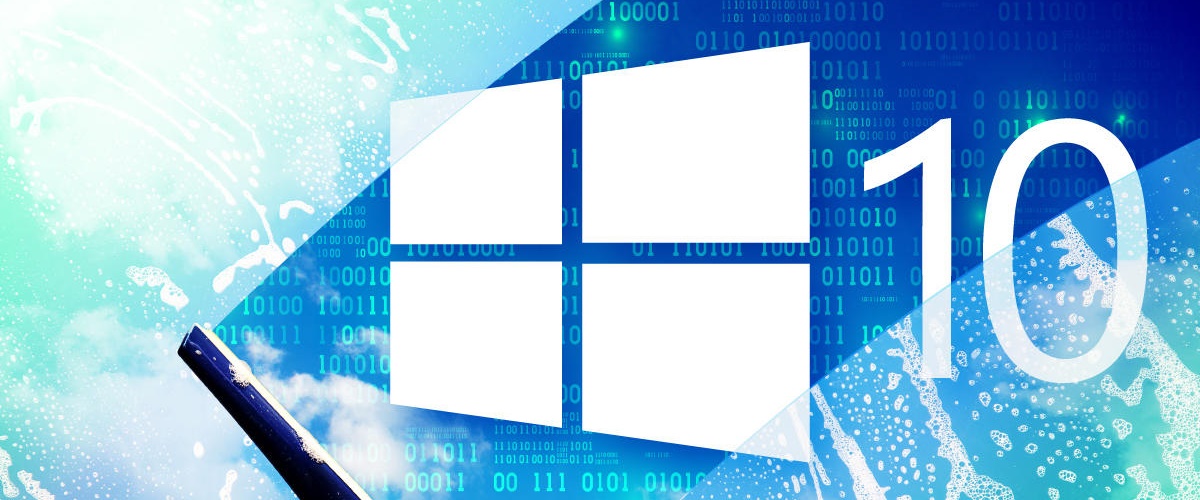
Microsoft: enterprises have upgraded windows 10 just once a year from the start
The company’s decision to extend support for the fall editions of Windows 10 Enterprise and Education reflects an upgrade cadence companies have already been following.
When Microsoft extended support for Windows 10 Enterprise and Education – making it much easier for organizations to upgrade the OS just once a year – it simply bowed to a reality that had been in place since the operating system’s debut in 2015, according to a company document.
In a corner of a September 2018 document titled “Joint FAQs” and labelled “For Partner Use Only,” Microsoft acknowledged that many of its larger customers had been on an annual upgrade cadence since their beginnings with Windows 10. The FAQ was a companion to a Sept. 6, 2018 announcement of a change to Windows 10’s support, the third that year.
“All future feature updates of Windows 10 Enterprise and Education editions with a targeted release month of September (starting with 1809) will be supported for 30 months from their release date,” wrote Jared Spataro, a Microsoft executive, in the post to a company blog. “This will give customers with longer deployment cycles the time they need to plan, test, and deploy.”
Before Spataro’s missive, all Windows 10 SKUs (stock-keeping units) were allowed 18 months of free support.
As Computerworld wrote in this FAQ here and here and here, the 30-month support extension for enterprises meant that annual-and-just-annual feature upgrades were eminently doable. By exclusively deploying each fall’s upgrade, even the least agile organizations could slow down Microsoft’s Windows-as-a-service tempo.
Turns out that they were so desperate to get out from under Microsoft’s mandated upgrade-every-six-months pace that they’d been doing yearly from the get-go.
“With the six-month release cadence, not every customer could test every release,” Microsoft said in the FAQ for partners. “In fact, we saw strong customer adoption of 1607, with many customers then adopting 1709 and skipping 1703 altogether.”
Customers who adopted 1607, whether by upgrading from the original 1507 release (shown in the table) or first deploying Windows 10 with 1607 (more likely), jumped over April 2017’s 1703 and landed on 1709 sometime after the latter’s October 2017 launch.
From there it’s a guess, as Microsoft published the FAQ four months after 1803 and three and a half months before 1809 was ready for even the most daring. One possibility is that enterprises on 1709 upgraded to 1809 even in the face of that version’s disastrous debut and resulting re-release.
Source: computerworld.com
